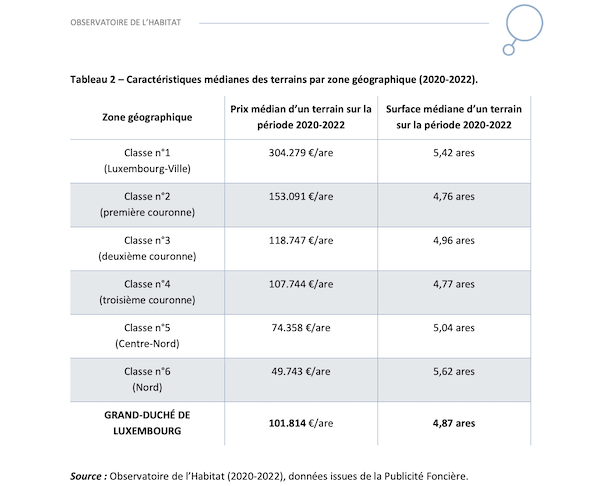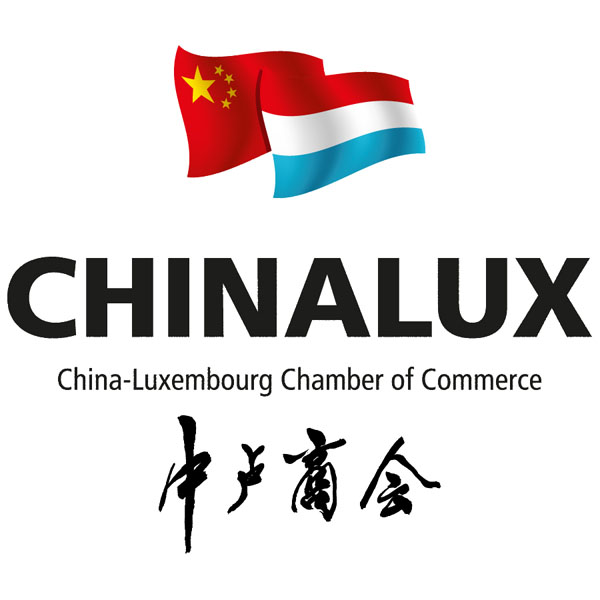 Median Characteristics of Land by Geographic Zone (2020-2022);
Credit: Ministry of Housing and Spatial Planning
Median Characteristics of Land by Geographic Zone (2020-2022);
Credit: Ministry of Housing and Spatial Planning
On Tuesday 11 February 2025, Luxembourg’s Housing Observatory published an analysis report (no. 15) offering a geographic breakdown of residential land prices in the Grand Duchy.
The latest report analyses the spatial structure of residential land prices based on data from 2020 to 2022. Using a hedonic pricing model, the study estimates the average land value per municipality for a standardised parcel (Step 1) and then classifies municipalities based on their residential land valuation (Step 2).
The Housing Observatory has mapped these parcels using a Geographic Information System (GIS), based on the Digital Cadastral Plan (PCN) provided by the Administration du Cadastre et de la Topographie (ACT). Potentially buildable parcels were then identified using General Development Plans (PAG) from 2010, 2013, 2016 and 2019, with continuous updates for municipalities that have adopted a new PAG.
Recent work by the Housing Observatory applied a hedonic pricing model to establish a geographic segmentation of building land prices in residential zones. The approach groups municipalities where land prices would be very similar if the same parcel were sold in each location.
The model's estimates indicate that the price per are (100 square metres) of a parcel is primarily influenced by a small set of variables, including:
- intrinsic characteristics of the parcel, such as size, shape, and classification as an infill plot ("Baulücke");
- zoning and authorised construction rights under local development plans (PAG/PAP "Nouveau Quartier"), where applicable;
- transaction date, with prices rising significantly between 2020 and 2022.
These findings highlight the impact of zoning regulations and urban planning policies on land valuation trends across Luxembourg.
The report also presents the impact of location on land prices. The municipality where a parcel is located remains a key factor influencing its sale price. Additionally, proximity to Luxembourg City plays a crucial role, according to the report, as the spatial structure of land and rental prices in Luxembourg continues to be highly monocentric, centred around the capital.
IK








